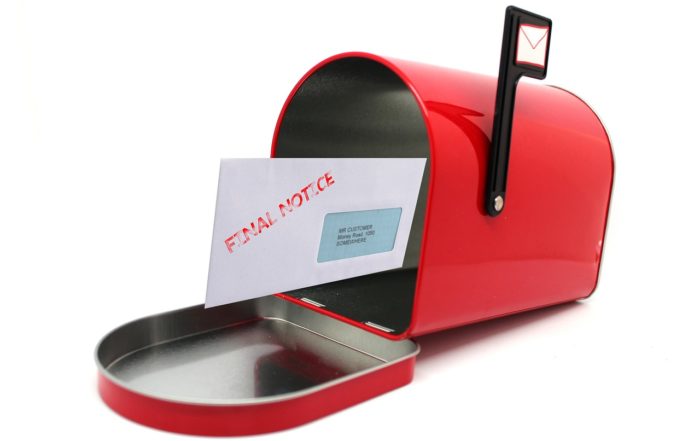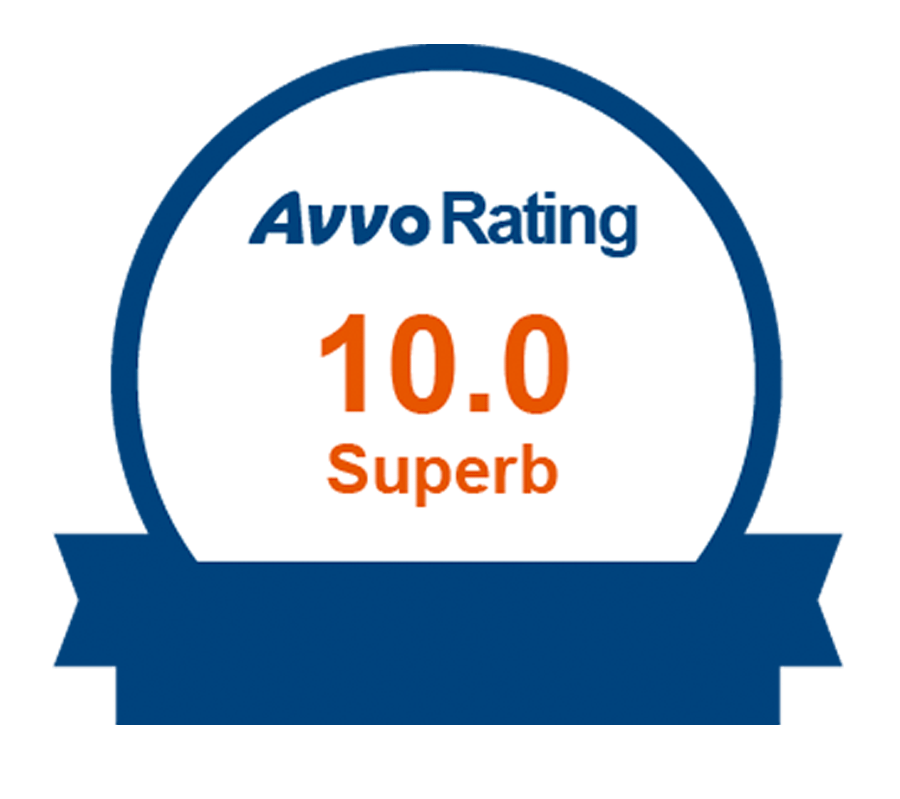You may have heard about conservation easements in the news over the past few years and the tax benefits available through the use of them. But what are they and how can they benefit you?
Defining Conservation Easements
A typical conservation easement is created when a landowner makes an agreement (known as a “servitude”) with a charitable organization or government “land trust.” This agreement gives the organization or land trust certain rights to preserve and protect the land for public benefit. However, the original landowner normally retains the right to possess the land and use it for certain other purposes, including some commercial uses like logging or fishing.
As an example, let us say that a landowner inherited a large tract of land from a family member that can be seen from a scenic highway and provides a beautiful view of a mountain ridge from the highway. The landowner has a cabin on the property and would like to continue to use it during the landowner’s lifetime. But the landowner would also like to ensure that the land will never fall into the hands of a developer who would subdivide the property into residential developments, thereby destroying the beautiful scenic views from the highway. A conservation easement could be the best way to preserve the land’s beauty through an enforceable agreement with a governmental land trust or a charitable organization while still preserving the landowner’s right to possess and enjoy the cabin.
In general, a conservation easement is a tool used to protect natural resources such as rivers, lakes, beaches, and forests to preserve their natural beauty, create outdoor recreational and educational spaces, or provide and preserve sustainable habitats for native plant and animal life, while allowing the owner to maintain enjoyment of the property.
Income Tax Benefits
In addition to the environmental and societal benefits that conservation easements can provide, there are significant tax benefits for those who create them. Congress has determined that certain landowning individuals should be incentivized with tax deductions to voluntarily engage in conservation efforts to benefit the general public. The federal tax code allows a conservation easement donor to take a charitable income tax deduction of up to 50 percent of the donor’s contribution base (adjusted gross income, less net operating loss carryback) for the taxable year. If the donation is large enough that there remains a surplus contribution, this deduction can be carried over for up to fifteen years, subject to the same limitations on the donor’s contribution base.
Additionally, if the donor of the property is a farmer or rancher, the donor can deduct up to 100 percent of their charitable contribution base. Certain pass-through entities, such as subchapter S corporations, partnerships, and limited liability companies, can also take advantage of the deductions available with conservation easements.
Some states like California also offer tax deductions for the creation of conservation easements. Check with your tax advisor to determine whether such additional tax benefits are available to you in your state.
Estate Tax Benefits
If a donor is not particularly interested in donating a conservation easement during life, the donor can do so at death as a part of the estate plan. This can provide significant estate tax benefits to the heirs of the property.
For example, a donor could create a conservation easement in the donor’s estate planning documents so that, at death, a conservation easement would be granted on a parcel of land worth $1.5 million. If the value of the conservation easement was $500,000 (meaning that the land was worth $500,000 less to a successor landowner due to the existence of the easement), then the federal tax code would allow the estate of the deceased landowner to exclude up to 40 percent (or $400,000) of the remaining $1 million value of the land. Note: this particular tax benefit is limited to a $500,000 cap on the excludable amount.
This is a simple example, but it helps to illustrate the important benefits that can be gained by including a conservation easement in your estate plan. Nevertheless, it is crucial that you seek sound advice from your tax advisor and estate planning attorney before determining whether this strategy will work for you.
The Mechanics of Conservation Easements
Though simple in theory, there are important requirements that must be followed in order for a conservation easement to be properly created and respected by the Internal Revenue Service (IRS) for the tax benefits detailed above.
First, the conservation easement must be donated to a “qualified conservation organization” such as a governmental entity (for example, a state land trust), a charity, or certain other tax-exempt organizations. Exactly who qualifies under this designation is spelled out in the federal tax regulations.
Second, the organization that is granted the conservation easement must have the resources to be able to enforce the restrictions placed on the land through the easement. It must also have shown a willingness to enforce such restrictions granted to it in the past.
Third, the easement must have been created so that it would last “in perpetuity,” or forever. This means that all future owners of the land will be bound by these restrictions. If the easement does not impose a perpetual restriction, then it will not qualify.
Finally, the conservation easement must be recorded in the local land records so that any interested party is put on notice of its existence.
Beyond the above requirements, it is crucial that an experienced and qualified appraiser be used to determine the value of the land versus the value of the land once the conservation easement has been granted. There is a history of unscrupulous appraisers and landowners abusing the provisions of the tax code by claiming much greater values on the land subject to the easements in order to inflate the amount of the charitable deductions available to the donor. The IRS has been cracking down on these abusive tax practices recently and aggressively reviewing appraisals that seem higher than the circumstances would normally justify. Appraisals should be backed up with thorough documentation. If these elements are not met, the IRS will not allow the available tax benefits.
Nontax Benefits of Conservation Easements
There are significant tax benefits available to those who create conservation easements with their land. But perhaps the most important aspect of the conservation easement is the creation of a lasting heritage and public benefit that you can leave to future generations by preserving the environment, natural resources, and the beauty and sustainability of the earth that we all share.
If you feel like you would benefit from this particular strategy, contact Pratt Law Group today at (972) 712-1515. We would be happy to meet with you about your situation to determine if a conservation easement would make sense as a part of your estate or tax plan. We have in-person and virtual appointments available.
DISCLAIMER: This website/blog is made available by our attorneys, staff, and law firm for educational purposes only as well as to give you a general understanding of the law and to share general information about our firm, people, and practice areas, not to provide specific legal advice. By visiting this website/blog you understand that there is no attorney-client relationship between you and the Pratt Law Group attorneys and website publisher. No statement on this website/blog should be interpreted or relied upon as legal advice. The website/blog should not be used as a substitute for competent legal advice from a licensed professional attorney in your state. Writing to us through this website does not create an attorney-client relationship. Please do not provide any confidential or privileged information in any writing to us through our website. Please read our privacy policy for more about how your information will be used.
Why Singles Should Worry about Estate Planning
Why Singles Should Worry about Estate Plannings -What To Know Several Reasons Single People Still Need To Be Concerned With Estate Planning When you’re putting together an estate plan, you often choose your spouse ...
Warning: Don’t Let Creditors Inherit from You or Your Spouse
Don't Let Creditors Steal From Your Loved Ones - What To Know How To Ensure Your Spouse Receives Your Retirement Accounts and Not Creditors In most cases, spouses will inherit any of your ...
Can a Beneficiary Also Be a Trustee of a Trust?
Can a Beneficiary Also Be a Trustee of a Trust? -What To Know Many people, creating a revocable living trust, designate their children as the beneficiaries. But, they need to choose a person ...






